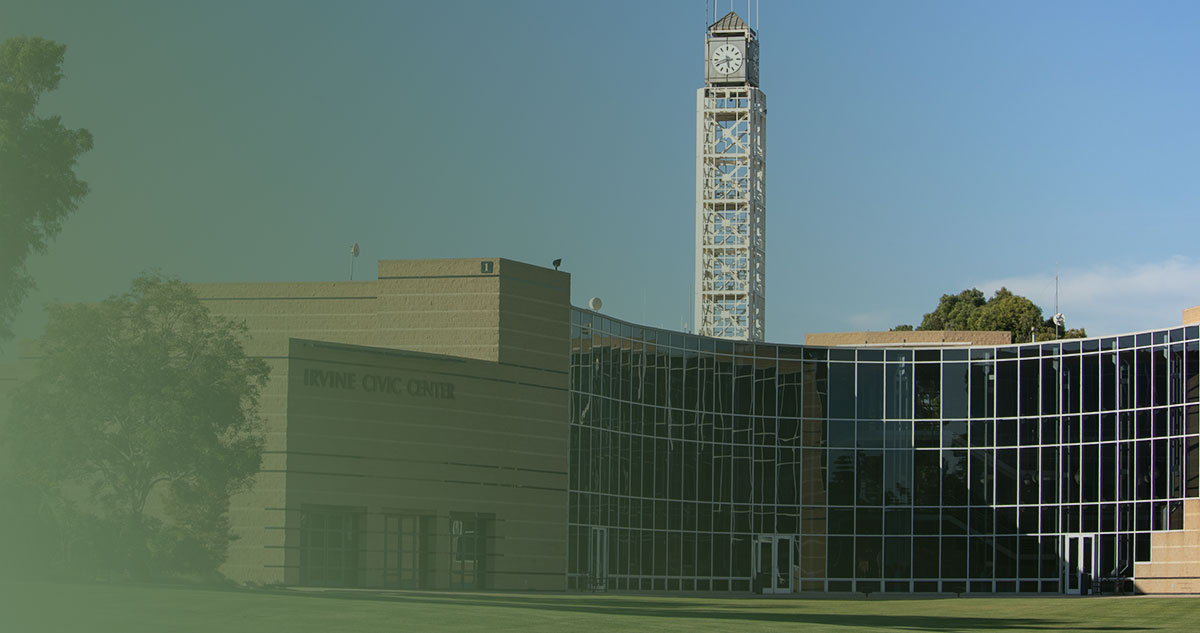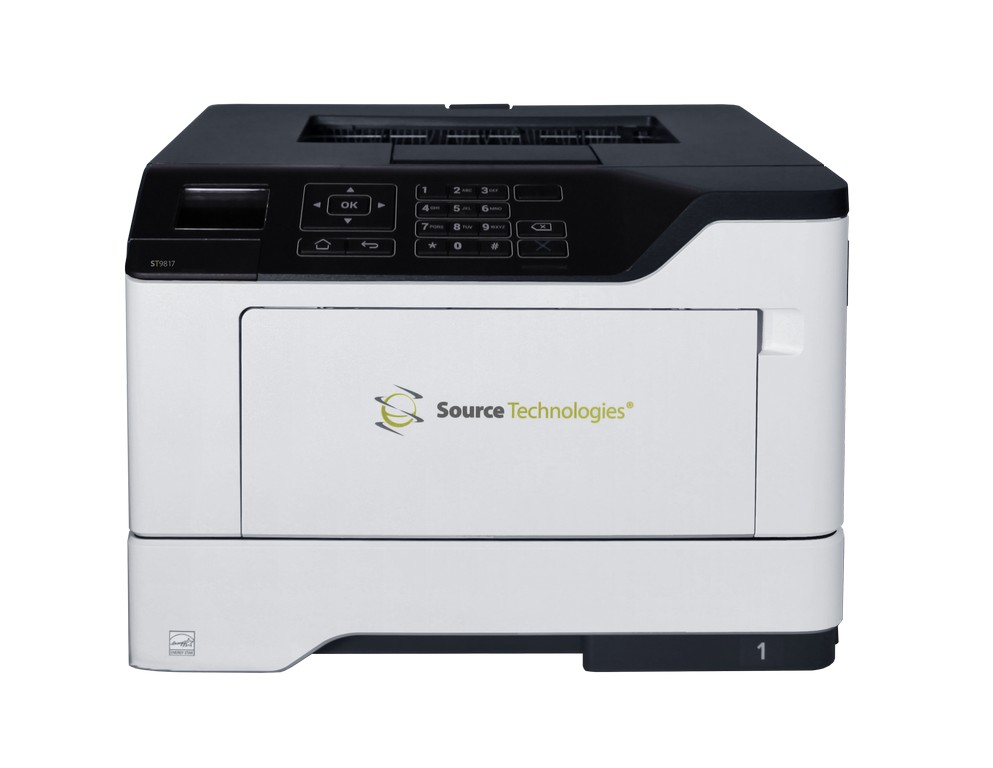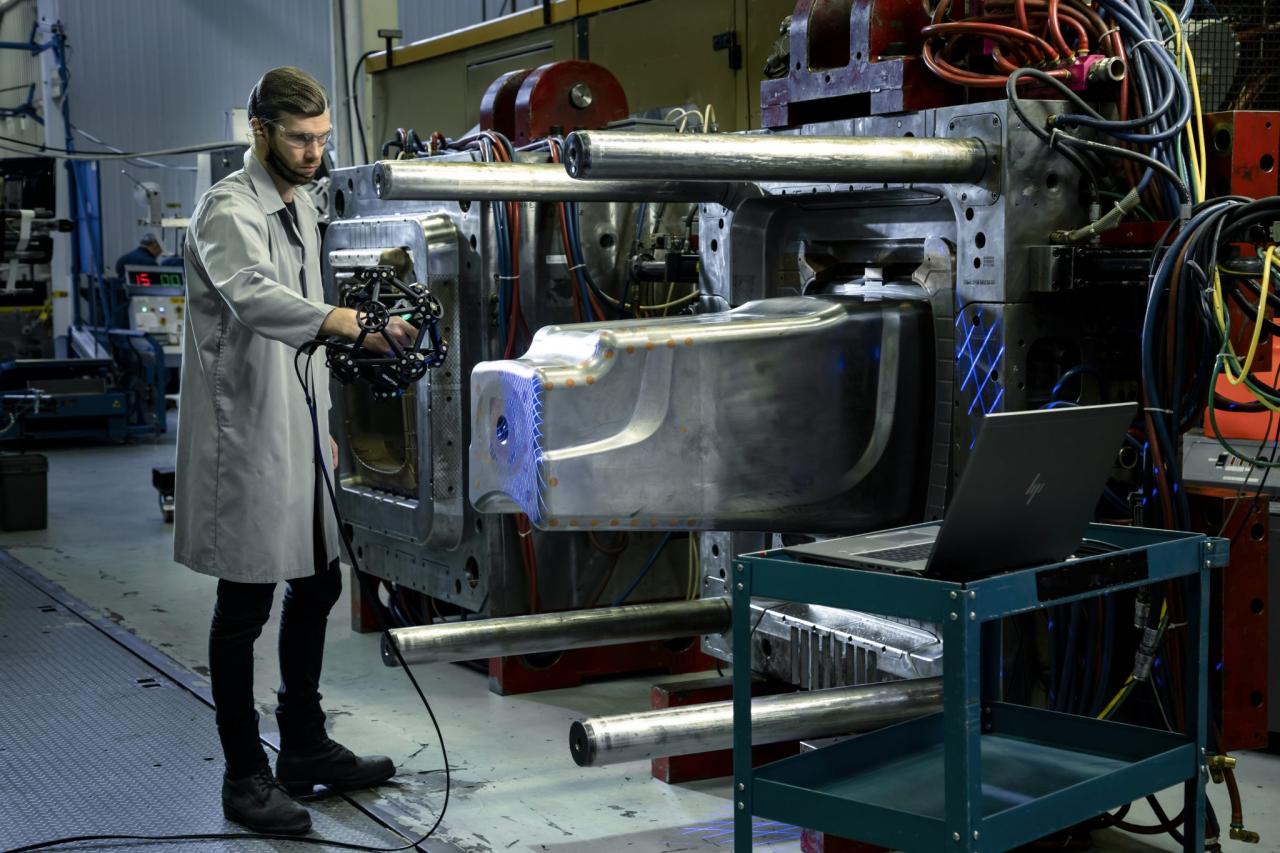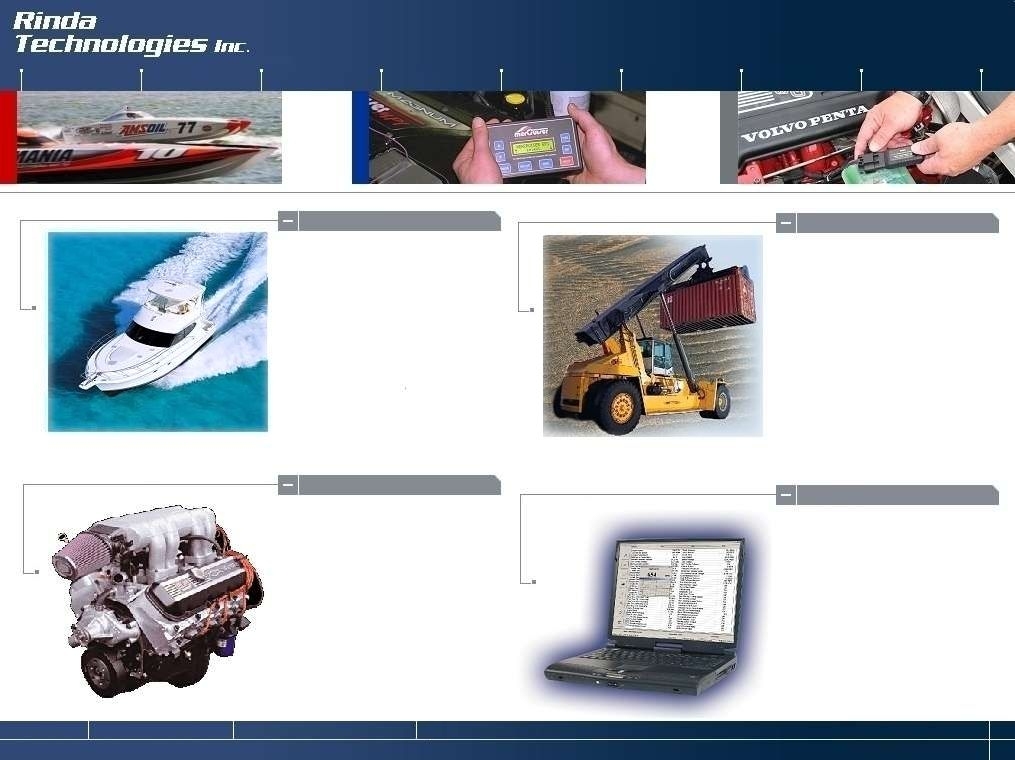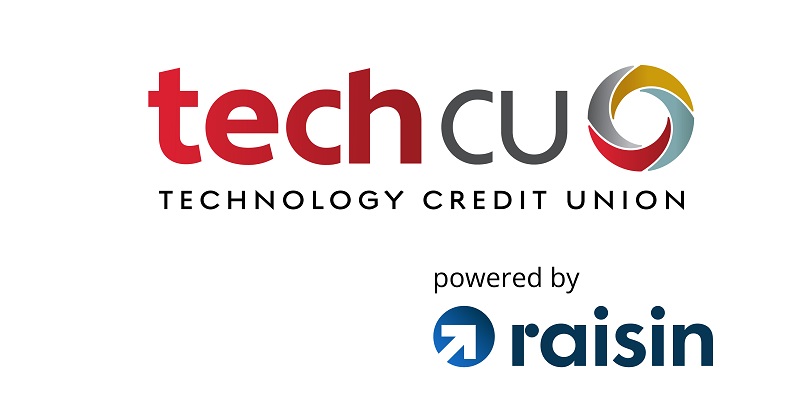Talking Technologies: A Journey Through Speech and Beyond
Talking technologies, once a futuristic dream, are now woven into the fabric of our lives. From the simple act of making a phone call to the complex world of AI-powered […]
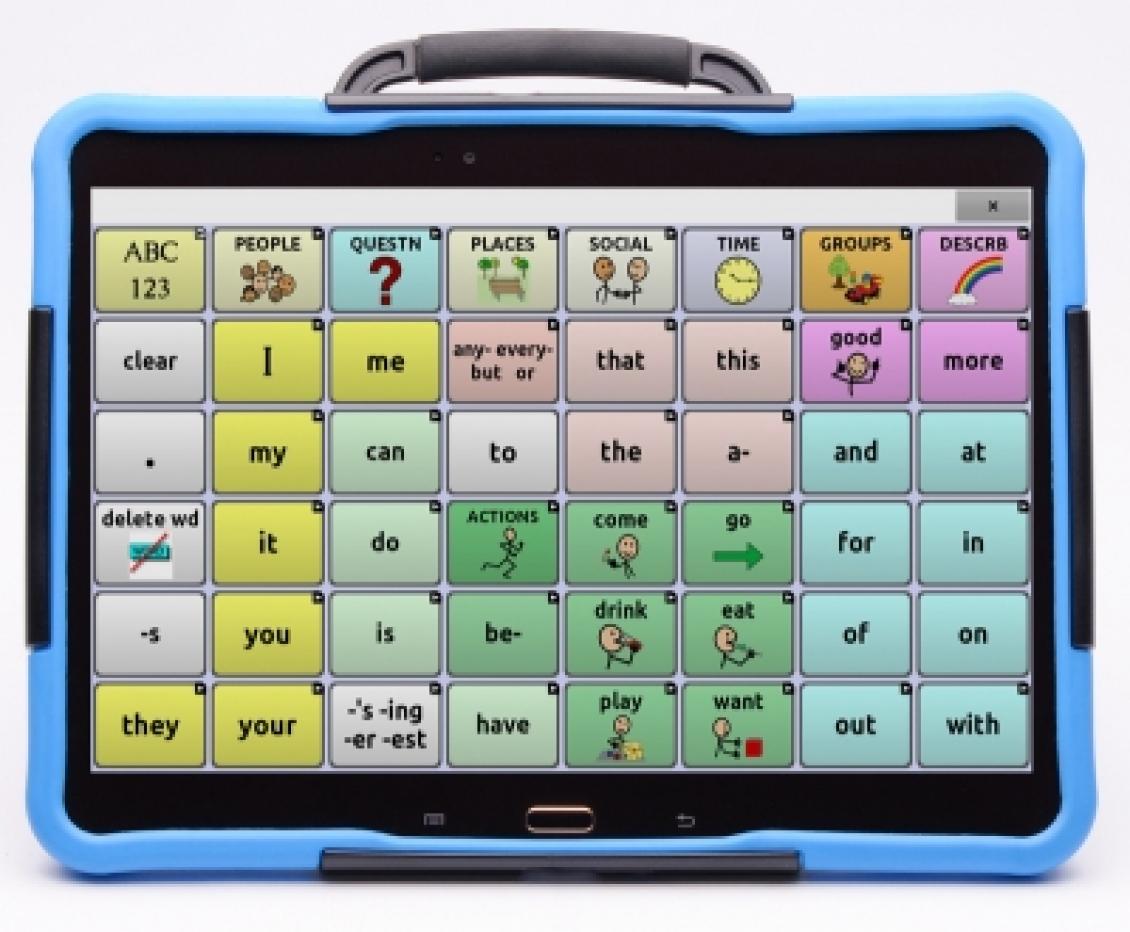
Talking technologies, once a futuristic dream, are now woven into the fabric of our lives. From the simple act of making a phone call to the complex world of AI-powered assistants, these technologies have revolutionized communication, accessibility, and human interaction.
This exploration delves into the evolution, types, applications, and future of talking technologies, shedding light on their impact across various sectors. We’ll navigate the exciting advancements while considering the ethical implications and responsibilities that come with their development.
Evolution of Talking Technologies
The ability to communicate through speech is a defining characteristic of human intelligence. Over the centuries, we have strived to replicate this capability in machines, leading to the development of talking technologies that have revolutionized how we interact with the world. This journey has been marked by significant milestones, from early communication devices to sophisticated AI-powered systems.
Early Attempts at Speech Synthesis
The quest to create artificial speech began in the early 20th century. Pioneers like Homer Dudley, known for his work on the Voder, made significant progress in developing electronic devices that could generate human-like sounds. The Voder, short for “voice operated demonstrator,” was a complex machine that allowed users to create sounds by manipulating various controls. While not truly speech synthesis in the modern sense, the Voder demonstrated the potential for creating artificial speech using electronic means.
Types of Talking Technologies
Talking technologies encompass a wide range of tools and systems that enable communication through spoken language. These technologies leverage various computational and linguistic principles to facilitate human-machine interactions, transforming how we communicate and access information.
Categorization of Talking Technologies
Talking technologies can be categorized based on their functionalities and applications. The following table provides a classification of different types of talking technologies:
| Category | Description | Examples | Applications |
|---|---|---|---|
| Speech Recognition | Technologies that convert spoken language into text. | Google Assistant, Amazon Alexa, Apple Siri, Dragon NaturallySpeaking | Voice search, dictation, voice control, transcription |
| Text-to-Speech (TTS) | Technologies that convert text into spoken language. | Google Text-to-Speech, Amazon Polly, Microsoft Azure Text-to-Speech | Screen readers, audiobooks, language learning, navigation systems |
| Speech Synthesis | Technologies that create synthetic speech, often used for generating realistic voices for various purposes. | Real-Time Voice Cloning, Deep Voice, WaveNet | Virtual assistants, voice cloning, video game characters, accessibility tools |
| Dialogue Systems | Technologies that enable natural language conversations with machines, often used for customer service or information retrieval. | Chatbots, virtual assistants, conversational AI | Customer support, online shopping, information retrieval, entertainment |
| Speech Enhancement | Technologies that improve the quality of speech signals by reducing noise and distortion. | Acoustic echo cancellation, noise suppression, speech dereverberation | Teleconferencing, mobile communication, hearing aids |
| Speech Emotion Recognition | Technologies that analyze speech signals to detect and identify emotions. | Emotion AI, Affectiva, Google Cloud Speech-to-Text | Customer sentiment analysis, mental health monitoring, personalized learning |
| Speech Biometrics | Technologies that use unique voice characteristics for authentication and identification. | Voice authentication, speaker verification | Security systems, access control, fraud detection |
Applications of Talking Technologies
Talking technologies are no longer just a futuristic concept; they are increasingly becoming integrated into our daily lives, transforming various sectors and shaping the way we interact with the world around us. From healthcare to education, entertainment to customer service, talking technologies are making a significant impact, offering numerous benefits and presenting unique challenges.
Applications Across Industries, Talking technologies
The use of talking technologies has permeated various sectors, bringing about significant changes in the way businesses operate and individuals interact with technology. Here are some prominent examples:
| Sector | Applications | Benefits | Challenges |
|---|---|---|---|
| Healthcare |
|
|
|
| Education |
|
|
|
| Entertainment |
|
|
|
| Customer Service |
|
|
|
The Future of Talking Technologies
The realm of talking technologies is rapidly evolving, driven by advancements in artificial intelligence (AI), natural language processing (NLP), and voice recognition. These innovations are paving the way for a future where human-computer interaction becomes increasingly intuitive and seamless.
Impact on Communication
The advancements in talking technologies are poised to revolutionize communication, making it more accessible, efficient, and personalized.
- Enhanced Accessibility: Talking technologies are breaking down communication barriers for individuals with disabilities, providing alternative means of expression and interaction. For example, voice assistants like Siri and Alexa empower individuals with speech impairments to communicate their needs and access information effortlessly.
- Personalized Experiences: The ability of talking technologies to understand and adapt to individual preferences is creating personalized communication experiences. AI-powered chatbots can learn user preferences and tailor their responses accordingly, enhancing user satisfaction and engagement.
- Multilingual Communication: Real-time translation capabilities powered by AI are enabling seamless communication across language barriers. This opens up opportunities for global collaboration, cultural exchange, and international business ventures.
Impact on Accessibility
Talking technologies are transforming accessibility, making information and services readily available to a wider audience.
- Voice-Controlled Interfaces: Voice-controlled interfaces are making technology more accessible to individuals with visual impairments or motor disabilities. They can navigate websites, control smart home devices, and access information without relying on traditional visual or physical input methods.
- Text-to-Speech and Speech-to-Text: Text-to-speech and speech-to-text technologies are enabling individuals with reading or writing difficulties to access and share information. These technologies are particularly valuable for students with learning disabilities, enabling them to participate in educational activities and engage with learning materials.
- Assistive Technologies: Talking technologies are integrated into assistive technologies, such as hearing aids and prosthetic limbs, enhancing functionality and improving the quality of life for individuals with disabilities. For instance, smart hearing aids can filter background noise and amplify specific sounds, improving communication and understanding in noisy environments.
Impact on Human Interaction
Talking technologies are influencing the nature of human interaction, blurring the lines between the physical and digital worlds.
- Virtual Assistants: Virtual assistants like Google Assistant and Amazon Alexa are becoming integral parts of our daily lives, providing companionship, information, and assistance. They can schedule appointments, set reminders, and even engage in casual conversations, creating a sense of connection and support.
- Social Robots: Social robots are designed to interact with humans in a natural and engaging way. They can provide companionship, emotional support, and even assist with tasks. These robots are particularly beneficial for individuals who are isolated or experience loneliness, providing a sense of connection and engagement.
- Immersive Experiences: Talking technologies are enhancing immersive experiences, such as virtual reality (VR) and augmented reality (AR), by adding a layer of auditory interaction. This creates more realistic and engaging experiences, blurring the lines between the real and virtual worlds.
Future Vision
The future of talking technologies holds immense promise for a more interconnected and inclusive society.
- Hyper-Personalized Communication: AI-powered communication platforms will understand individual preferences and context, delivering highly personalized and tailored interactions. This could involve customized news feeds, personalized learning experiences, and tailored recommendations for products and services.
- Enhanced Emotional Intelligence: Talking technologies will evolve to understand and respond to human emotions, fostering deeper connections and more meaningful interactions. AI-powered chatbots and social robots will be able to recognize and react to emotional cues, providing empathetic support and companionship.
- Seamless Integration with the Physical World: Talking technologies will seamlessly integrate with the physical world, creating a more interactive and responsive environment. Smart homes, self-driving cars, and wearable devices will all be controlled and managed through voice commands, making our lives easier and more efficient.
Ethical Considerations of Talking Technologies

The rapid advancement of talking technologies, fueled by artificial intelligence (AI), presents exciting possibilities but also raises crucial ethical considerations. It’s vital to acknowledge and address these concerns to ensure responsible development and deployment of these technologies.
Privacy Concerns
Talking technologies often collect vast amounts of personal data, including voice recordings, conversations, and usage patterns. This raises concerns about privacy violations and potential misuse of this sensitive information.
- Data collection and storage: Talking technologies, like voice assistants and smart speakers, constantly collect and store user data, including voice recordings, search queries, and browsing history. This raises concerns about the security of this data and the potential for unauthorized access or misuse.
- Data sharing and transparency: It’s crucial to ensure transparency regarding how user data is collected, used, and shared. Users should have clear control over their data and be informed about the purposes for which it is being collected.
- Data anonymization and de-identification: Efforts should be made to anonymize and de-identify user data to minimize privacy risks. Techniques like data aggregation and differential privacy can help protect individual identities while still allowing for valuable insights.
Bias in AI Systems
AI systems underlying talking technologies can inherit and amplify biases present in the training data. This can lead to discriminatory outcomes, particularly in areas like hiring, lending, and criminal justice.
- Bias in training data: AI models are trained on vast datasets, which may contain biases reflecting societal prejudices. This can lead to biased outputs, such as discriminatory recommendations or unfair treatment.
- Fairness and accountability: It’s essential to develop AI systems that are fair and accountable, minimizing bias and ensuring equitable treatment for all users. This requires careful selection and curation of training data, as well as robust testing and evaluation.
- Transparency and explainability: Transparency and explainability are crucial to identify and address bias in AI systems. Developers should provide insights into the decision-making processes of AI models, allowing for better understanding and mitigation of biases.
Potential Misuse
Talking technologies can be misused for malicious purposes, such as spreading misinformation, impersonating individuals, or engaging in harmful activities.
- Deepfakes and synthetic media: Advancements in AI allow for the creation of realistic deepfakes, synthetic videos or audio recordings that can be used to spread misinformation or deceive individuals.
- Cybersecurity threats: Talking technologies can be vulnerable to hacking and security breaches, potentially allowing attackers to gain access to sensitive information or manipulate devices.
- Social manipulation and propaganda: Talking technologies can be used to manipulate public opinion, spread propaganda, or incite violence.
End of Discussion
As talking technologies continue to evolve at an unprecedented pace, their influence on our world will only grow stronger. By understanding their potential and navigating the ethical complexities, we can harness these powerful tools for positive change, fostering a future where communication is more accessible, engaging, and enriching than ever before.
Talking technologies are becoming increasingly sophisticated, from virtual assistants to voice-controlled appliances. One company at the forefront of this innovation is American Cooling Technology Inc , which specializes in smart HVAC systems that can be controlled remotely via voice commands.
These advancements in communication technology are paving the way for a more connected and convenient future.
